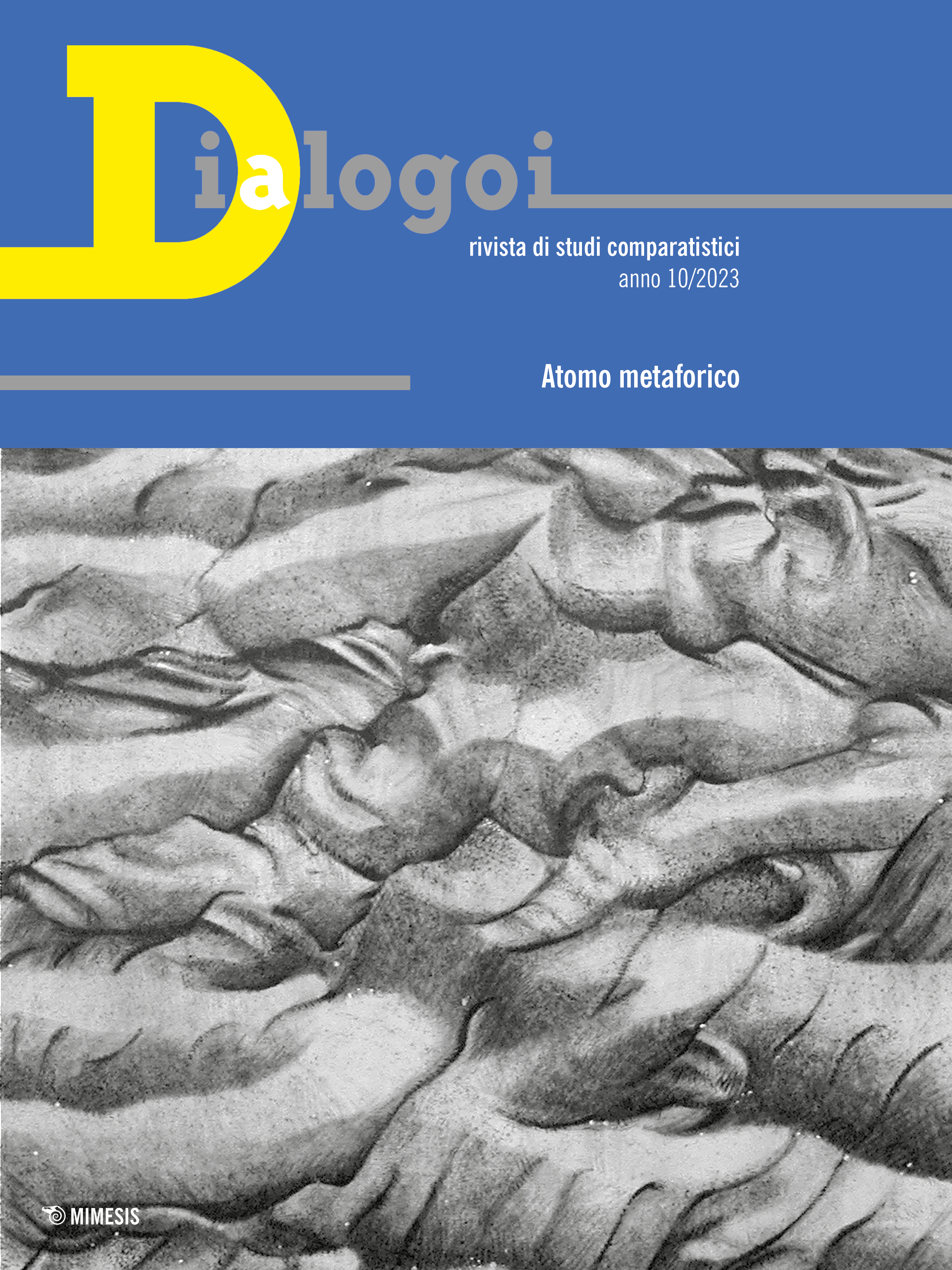Abstract
Con questo articolo si vuole sottolineare l’importanza del legame fra scienza e arte tra la fine dell’Ottocento e l’inizio del Novecento. Molte scoperte e/o invenzioni hanno condizionato la visione tradizionale della pittura. Le scoperte biologiche, la nascita della chimica, della psicoanalisi ed altro, hanno influenzato le immagini prodotte nella Vienna dell’inizio del XX secolo. La nuova concezione del tempo di Henri Bergson e l’inven-zione del cinema hanno condizionato la pittura dei Cubisti, mentre gli studi sull’atomo, sulla sua divisibilità, la teoria elettromagnetica e la spettroscopia hanno influenzato la “granulosità” degli effetti luminosi contribuendo alla pittura del divisionismo. Gli studi matematici sulle geometrie non euclidee – Gauss, Lobacevskij, Bolay – hanno suggerito “trasgressioni formali” ai Costruttivisti russi: pittori, architetti e fotografi. Così le ricerche sull’atomo portate avanti in Europa, poi continuate negli Stati Uniti, hanno portato alla destrutturazione della visione convenzionale dell’arte: da un lato il Blaue Reiter e Die Brücke, dall’altra l’Espressionismo Astratto.
Per concludere è citata una frase di Leonard Schlain: «Arte e fisica sono uno strano accoppiamento…Tuttavia, nonostante quelle che sembrano essere differenze inconciliabili, c’è una caratteristica fondamentale che collega queste discipline in modo stabile: l’arte rivoluzionaria e la fisica visionaria sono entrambe indagini sulla natura della realtà».

